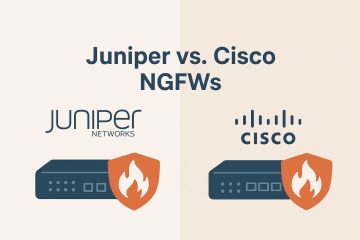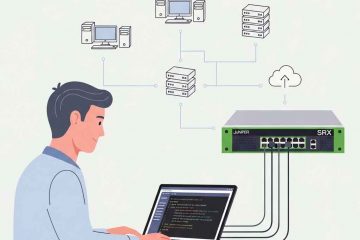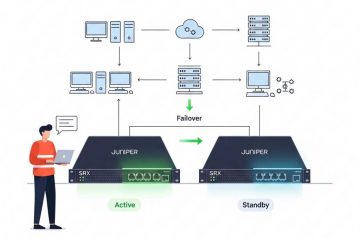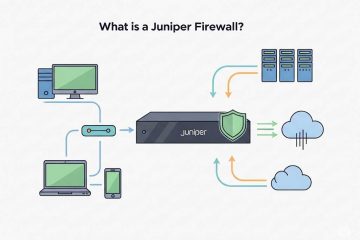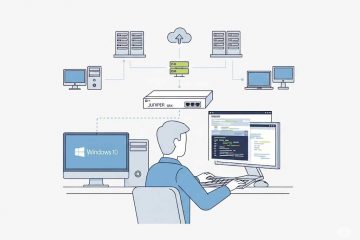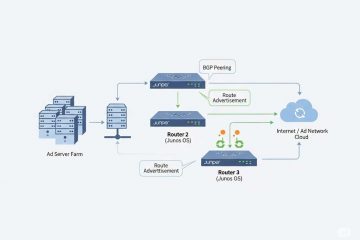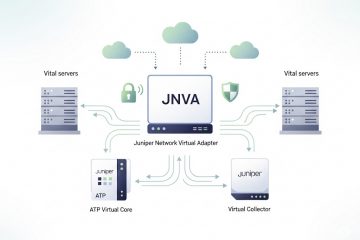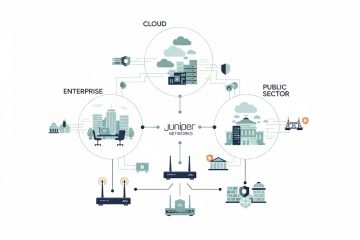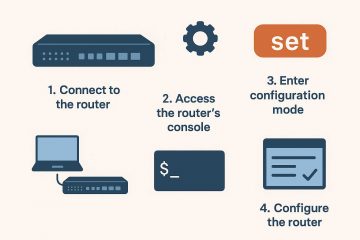
how to configure juniper router?
Steps to Configure a Juniper Router Console Access & CLI Startup– Physically connect your PC’s serial/USB port to the router’s CONSOLE port.– Power on the device (Junos OS boots automatically).– Log in as root (no password by default).– Enter operational mode with cli and configuration mode with configure. Global System Settings – Assigns the router’s... » read more
